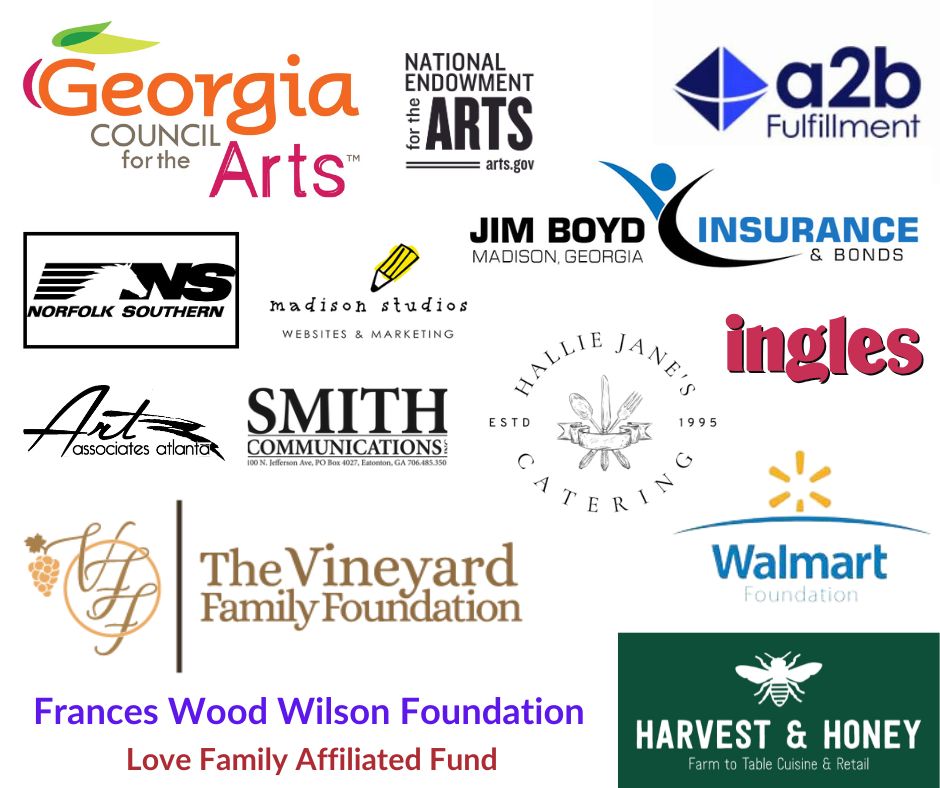OUR MISSION & VISION
Our Mission:
The Mission of the Steffen Thomas Museum of Art is to provide opportunities to engage, to learn, and to be inspired through Steffen’s life, art, and legacy.
The Museum fulfills this mission by using its large permanent collection of the artist’s sculpture, paintings, mosaics, ceramics, furniture, works on paper, personal papers and artifacts documenting his life. Specifically, the Collection is used to demonstrate creative artistic expression, enable people of all ages to discover and develop their own talents, as well as achieve a deeper understanding of themselves and the connection of humankind with the environment and other living beings.
The Steffen Thomas Museum and Archives, dba Steffen Thomas Museum of Art (STMA), is a 501(c)(3) tax-exempt organization, and is open and staffed on a regular schedule.
Our Vision:
Utilizing our permanent collection of works by Steffen Thomas, works by visiting emerging regional artists, and a mission of public service, the Steffen Thomas Museum of Art strives to foster critical thinking, empathy, community engagement, to providing transformative art and museum experiences for children and adults in the rural Georgia community we serve and beyond.
Steffen Thomas Museum of Art is an equal opportunity provider, and enthusiastically complies with applicable Federal civil rights laws and does not discriminate on the basis of race, color, national origin, age, disability, or sex (including pregnancy, sexual orientation, and gender identity).
Statement of Solidarity and Commitment:
This world is too small for less than brotherhood – too dangerous for less than truth.
– Steffen Thomas
As a museum and place of education, the Steffen Thomas Museum of Art has always considered it a critical part of its mission to amplify unheard voices. Today we stand with those fighting racism and police brutality. The violence and oppression experienced by Black communities across America has been exposed for all to see.
We are confident that our namesake, Steffen Thomas, would support this stance. At a time when it was dangerous to do so, he was a staunch advocate for equality, human rights and dignity for all people, regardless of race, creed, color or gender. One facet of his legacy – his guiding principle, is embodied in the “Brotherhood of Man” theme quoted above. Steffen put these words into action every day, not only in his art but in his daily interactions.
The Board of Directors and staff have worked to continue Steffen’s mission from our very beginning with programming designed to celebrate African American culture and to increase access for African American communities and artists to fine art museums. In 2002, we hosted an exhibition featuring the art of George Washington Carver and main speaker, Anthony “Tony” Grooms, author of “Bombingham”, the story of the civil rights era bombings in Birmingham, Alabama. For 17 years, we ran an arts outreach program at the local alternative school, involving predominately African American students, for many, their first venture inside a fine art museum. In 2017, we conducted a wide-ranging Steffen Thomas Legacy Project, composed of 17 artists, over half of whom were African American. Over the last several years, we have hosted exhibitions exclusively for African American artists, with round table discussions of issues impacting African American artists.
Now, at a time when the nation is called upon to acknowledge its failure to address its racial history, we renew Steffen Thomas’ call for equal treatment and freedom for all people. We acknowledge that many American institutions have historically underrepresented people of color and we commit to continue to work to remedy this fact through increased diversity in our own exhibitions, programming, audiences and hiring.
Yet, we also acknowledge that even this is not enough. True allyship is about affirmative steps, bold action, and uncomfortable conversations.
The staff and board of directors at STMA are focusing our education, awareness, and decision making through the lens of diversity, inclusion, accessibility, and equity.

